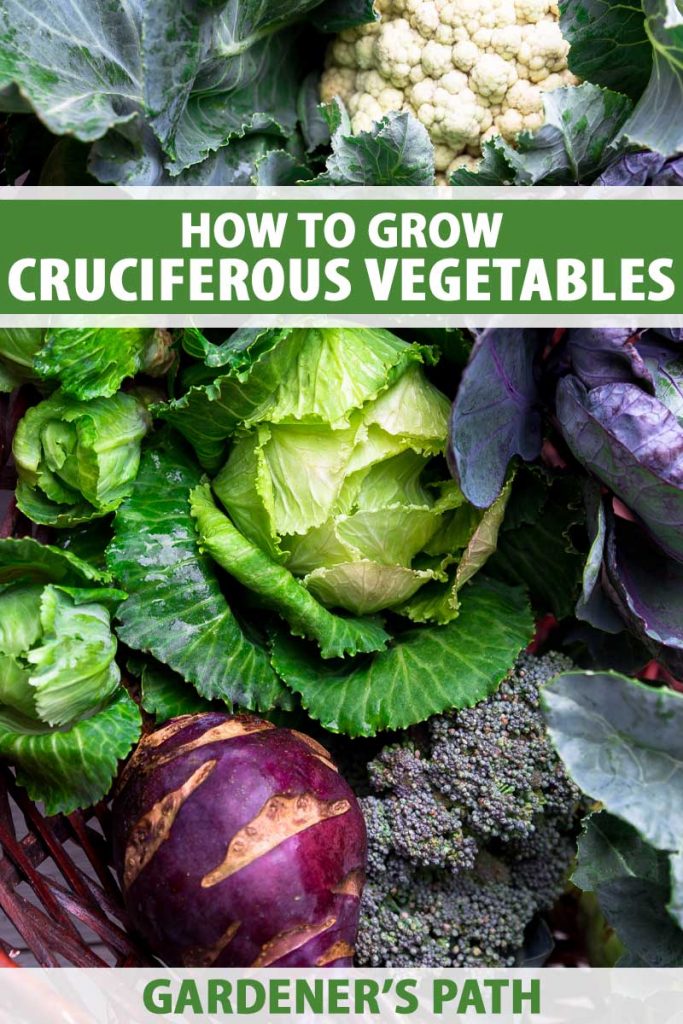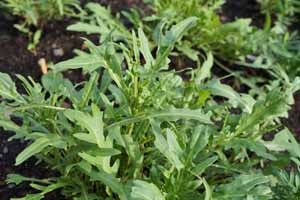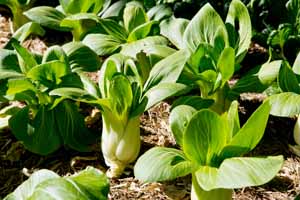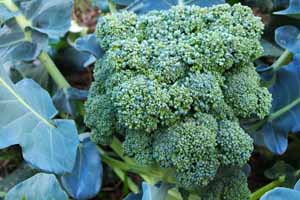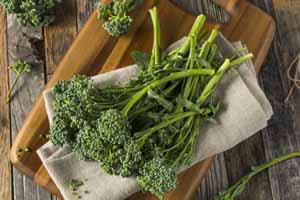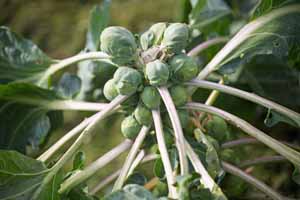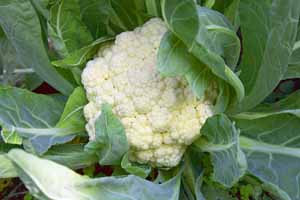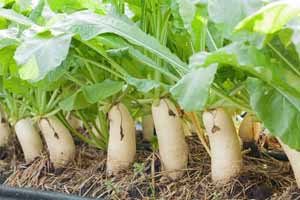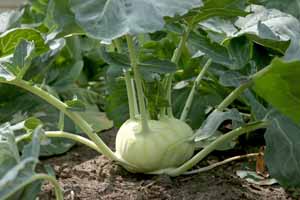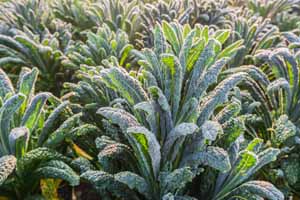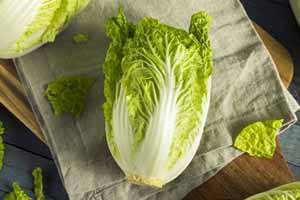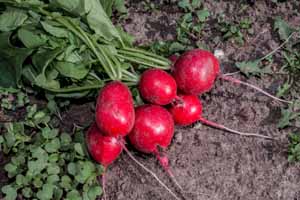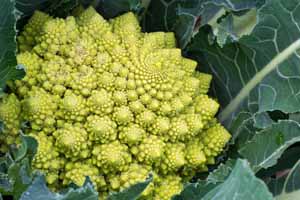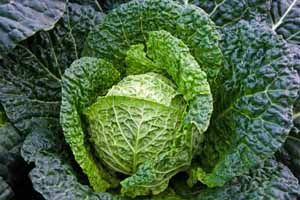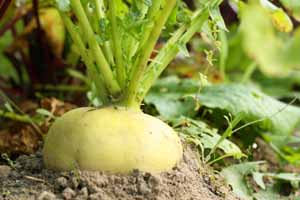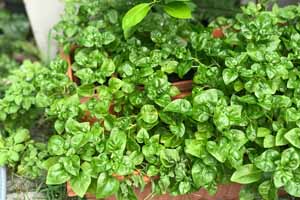Cruciferous vegetables (often referred to as brassicas or crucifers) consist of various cultivars, species, and genera in the Brassicaceae family (also called the Cruciferae or Mustard family). Many of the more familiar varieties include bok choy, broccoli, brussels sprouts, cabbage, cauliflower, collard greens, and mustard greens.
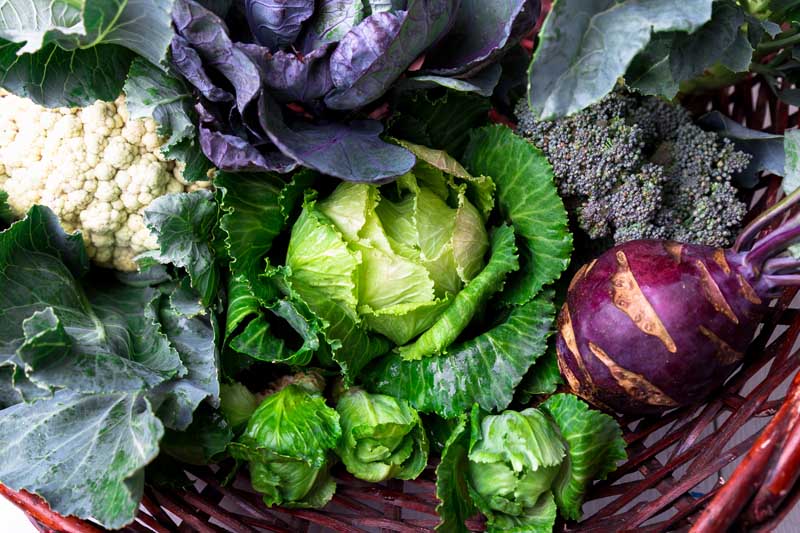
Getting Started With Crucifers
Almost all brassicas prefer cool weather and make great spring and fall vegetables. Those that are grown in the spring are often started indoors or in a greenhouse.
Fall crops are often planted in the ground during late summer.
Brassicas tend to be very frost hardy. Home gardeners in the middle and southern climate zones of the USA and Europe can often grow their crucifers well into, or even through, the winter. Frost often concentrates the sugars and makes the harvested veggies sweeter.
Although most brassicas can be plagued by a wide range of pests and diseases, growing in colder temperatures helps to alleviate some of this pressure.
What are Cole Crops?
Cole Crops are the most common cruciferous vegetables grown for human consumption. Most of these veggies are varieties of a single species – Brassica oleracea – which were selectively cultivated from the wild cabbage plant. There is some disagreement as to which vegetables are designated as cole crops. The following are the most common:
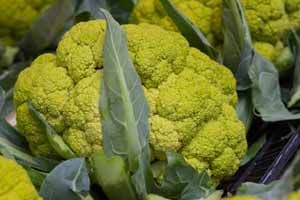
Broccoflower
Brassica oleracea var. botrytis x italica
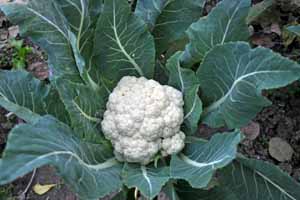
Broccoli di Torbole
Brassica oleracea var. botrytis
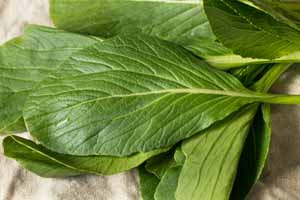
Gai-lan (Kai-lan)
Brassica oleracea var. alboglabra
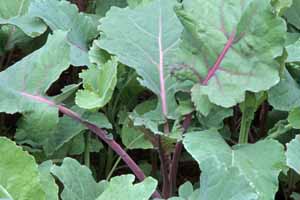
Marrow-Stem Kale
Brassica oleracea var. medullosa
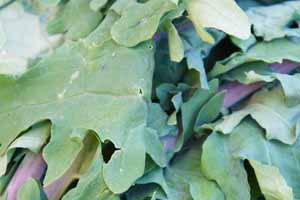
Perpetual Kale
Brassica oleracea var. ramosa
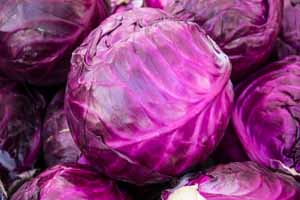
Red Cabbage
Brassica oleracea var. capitata f. rubra
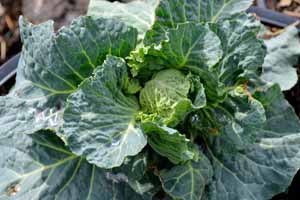
Tronchuda Kale
Brassica oleracea var. costata
Growing Conditions
Cruciferous vegetables prefer a neutral to slightly acidic soil which mimics the temperate coastal environments of western Europe – the area from which many originated. They all need full sun for good growth.
Larger varieties like kohlrabi, cabbage, broccoli, cauliflower, and collard greens need plenty of space between individual plants. Leafy green species such as mustard greens, arugula, kale, and bok choy can be planted much closer together.
The leafy green crucifers are the easiest for the beginner gardener to to get started with. These include:
The spear and head-forming plants such as broccoli and cauliflower are much harder to get right and are quite picky about their growing conditions.
Head-forming varieties such as green cabbage, red cabbage, napa cabbage, and savoy cabbage lie somewhere in the middle. Many gardeners will be successful if they are diligent about pest and disease prevention and management.
Remember to rotate your cole crops within your veggie patch. It would be ideal to have several different vegetable garden locations. The various plants often require the same types and amounts of nutrients, attract the same pests, and suffer from the same diseases. Rotating your crucifers will allow you to (hopefully) break the pest cycle.
Use all of our cruciferous vegetable growing and care guides linked above to help your brassica growing efforts. And even if yours don’t develop heads or large roots, all their leaves are edible and can be eaten raw or cooked. Happy gardening!
